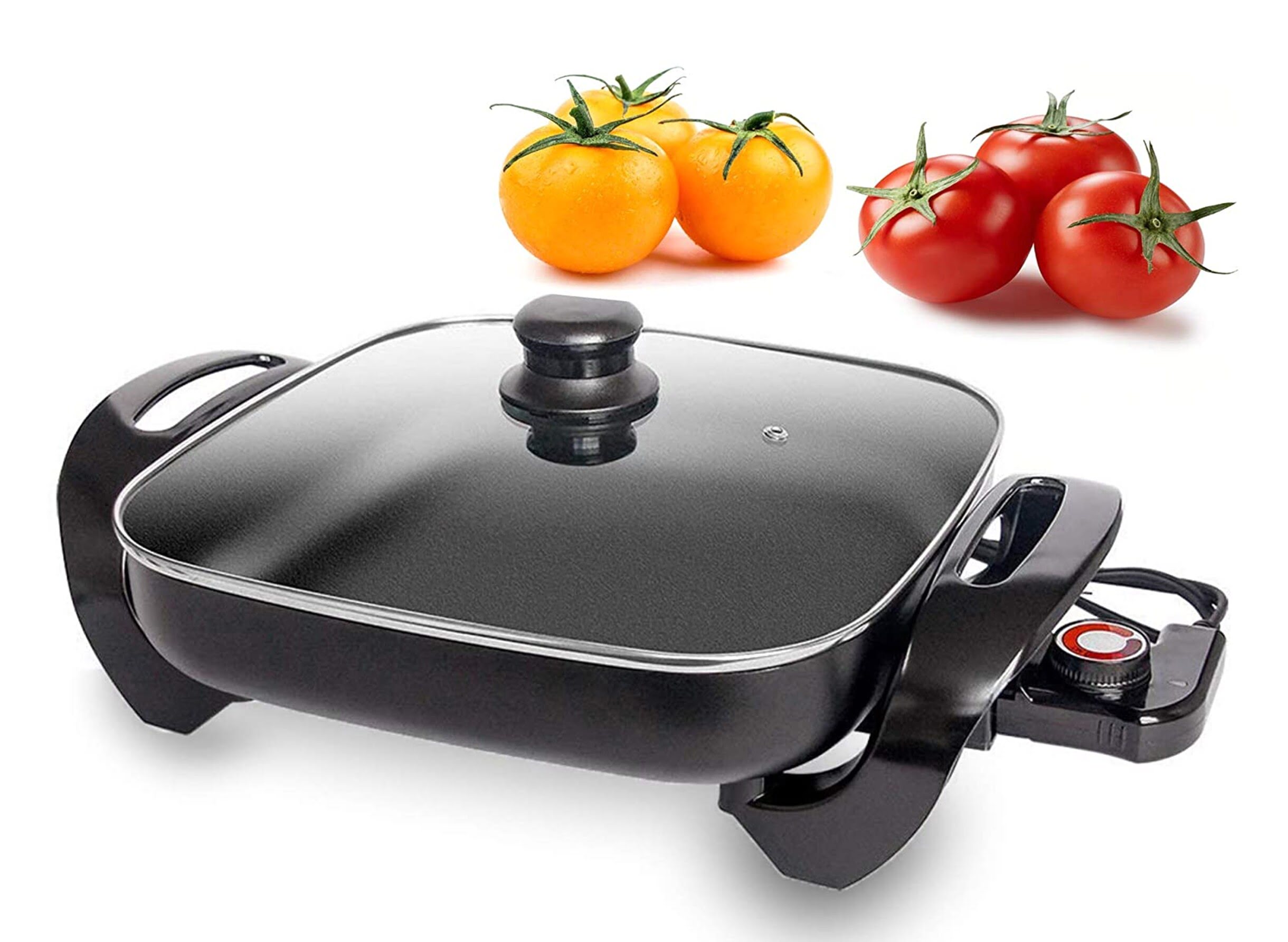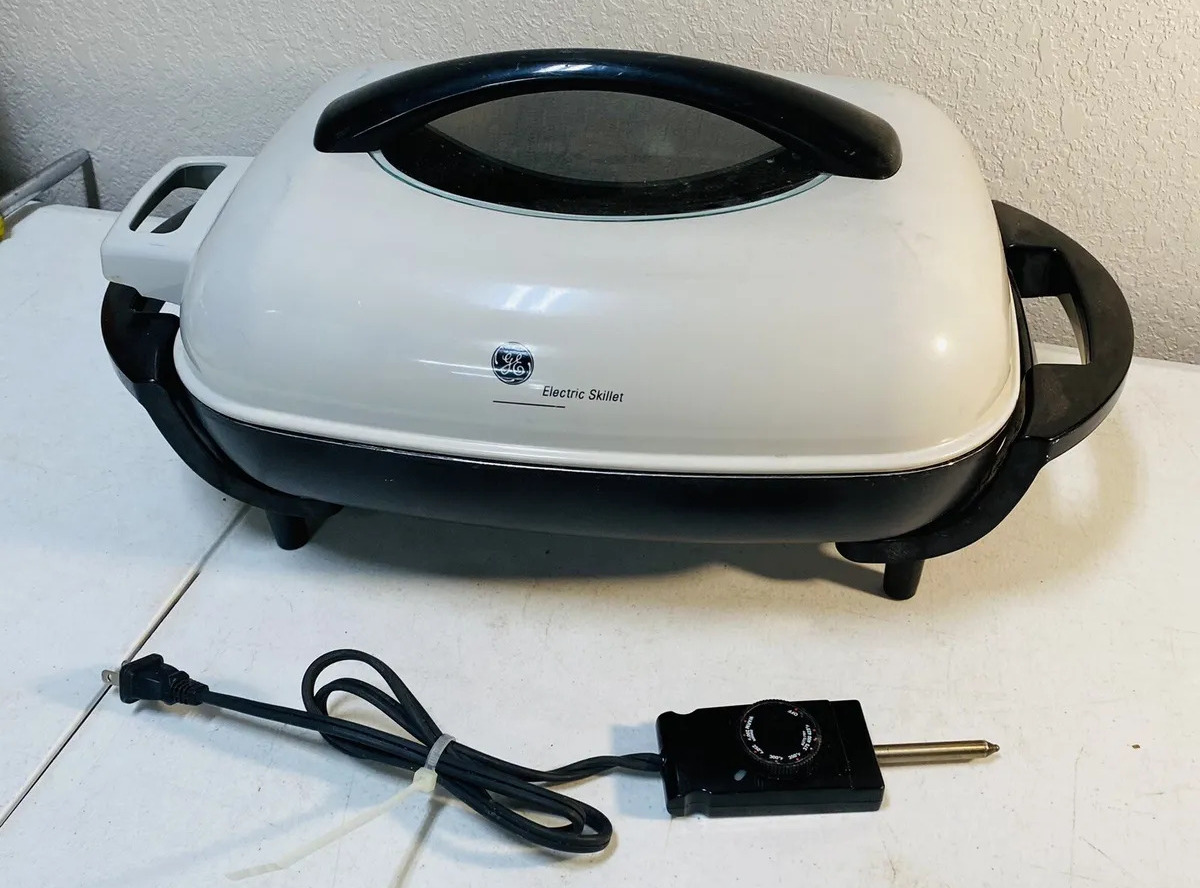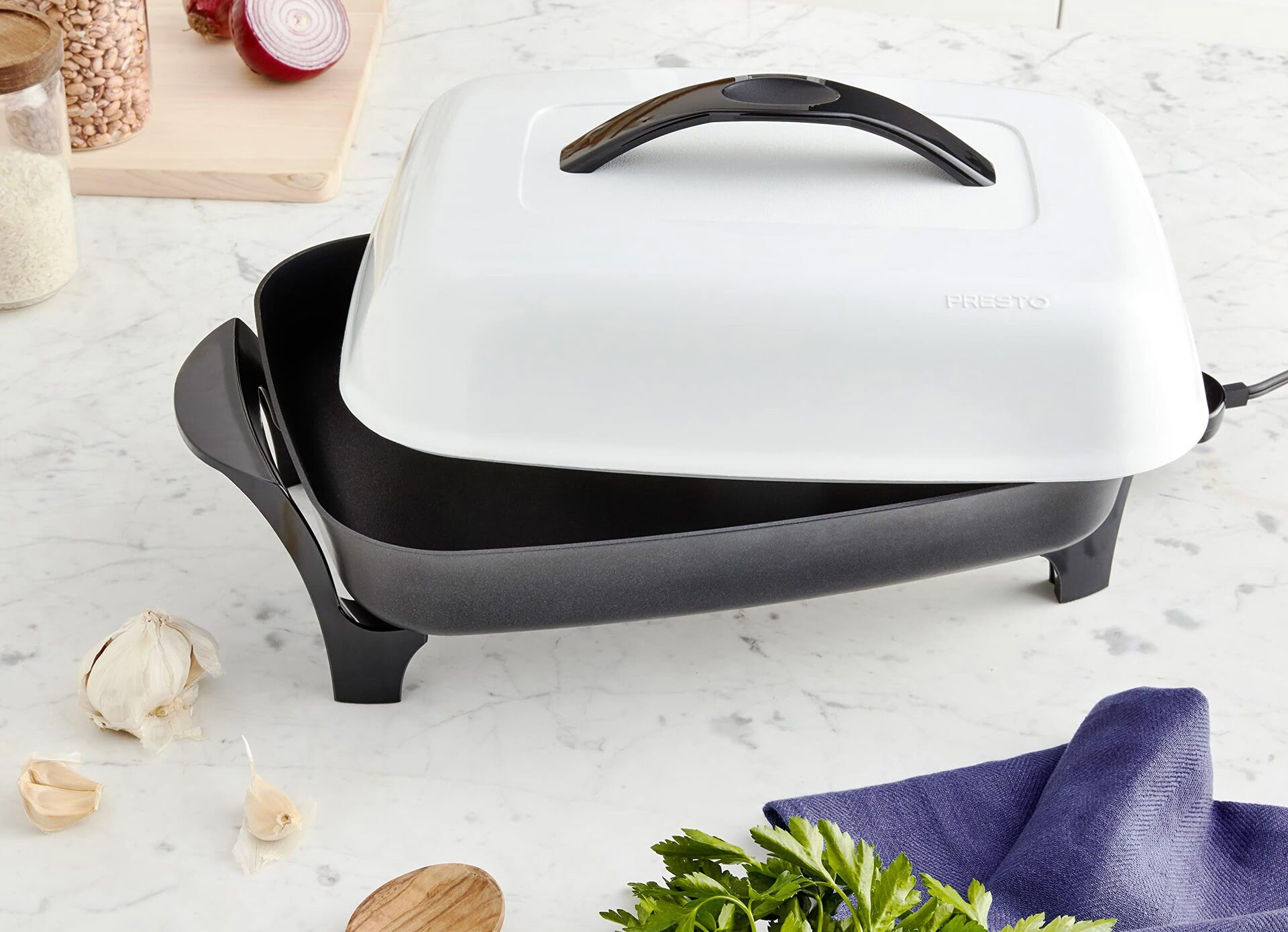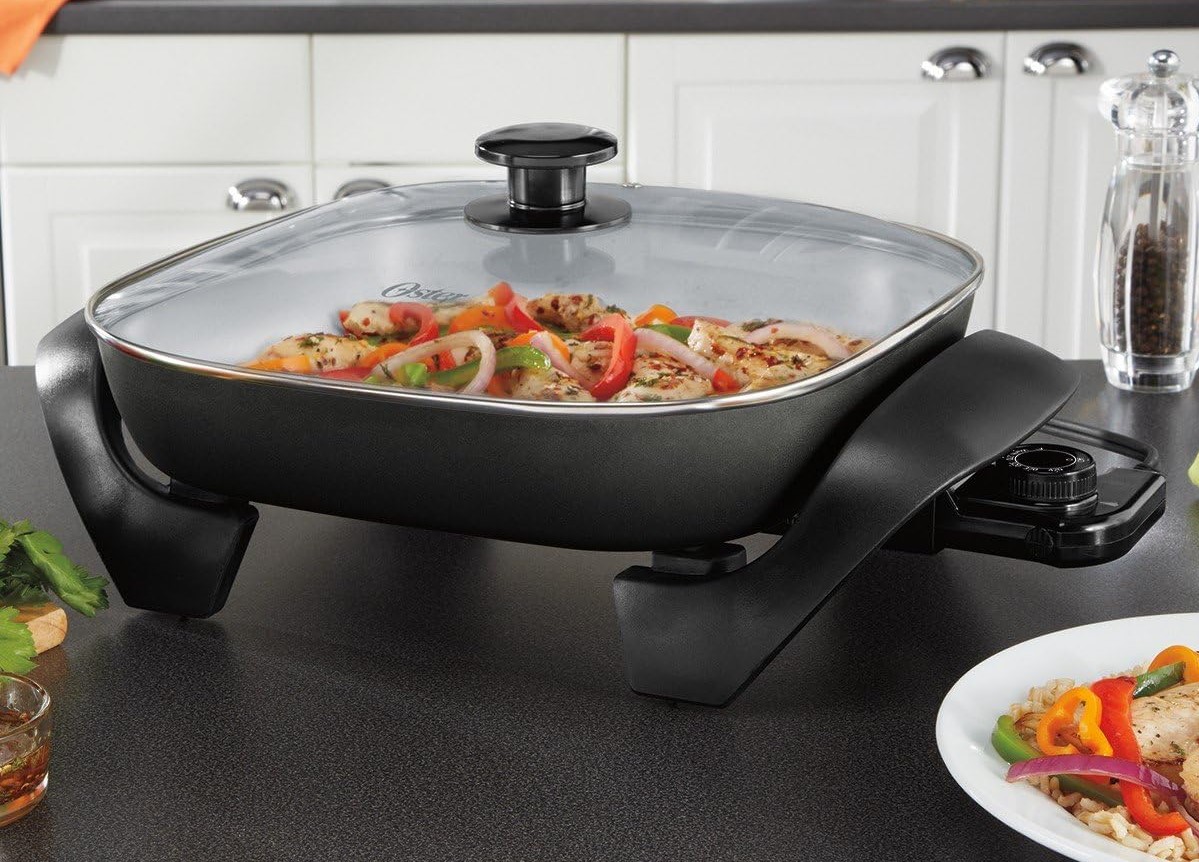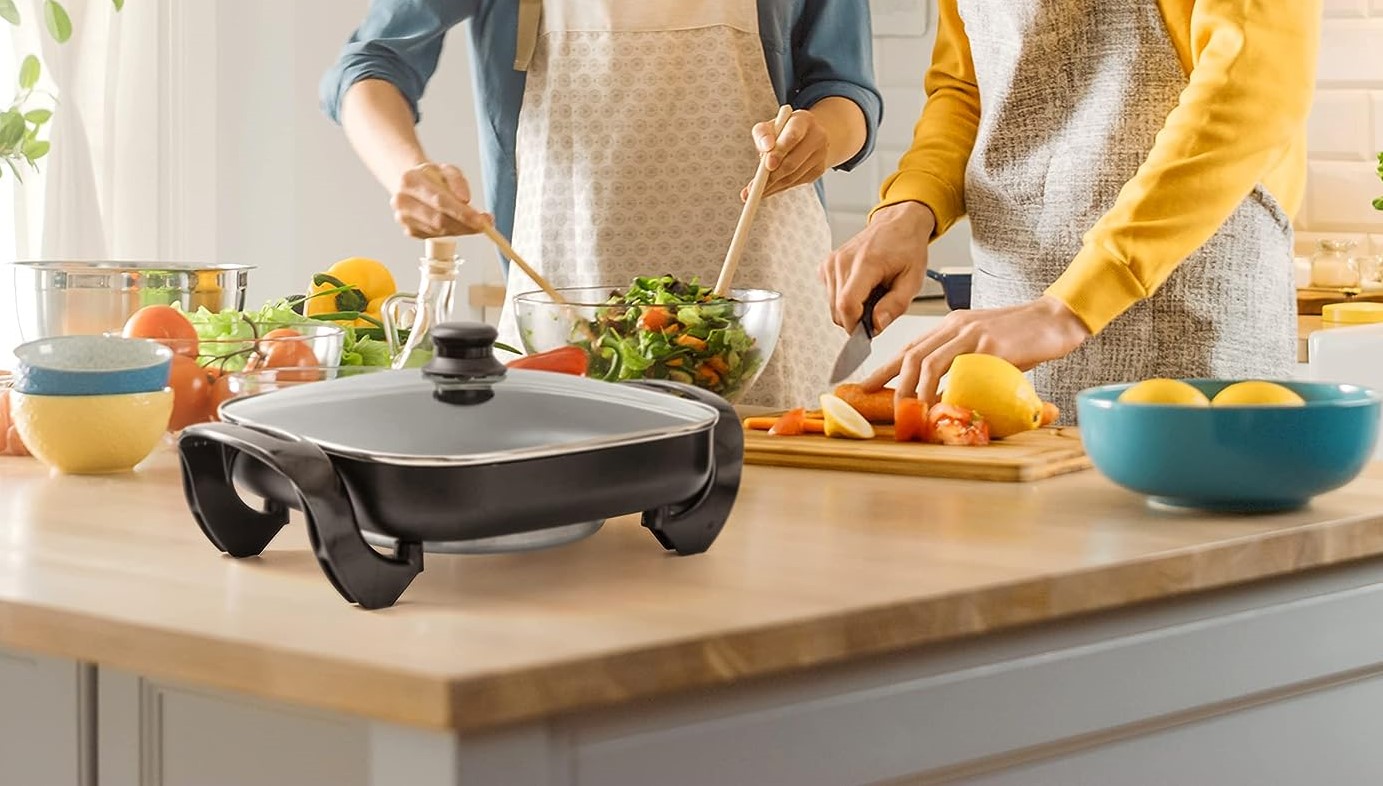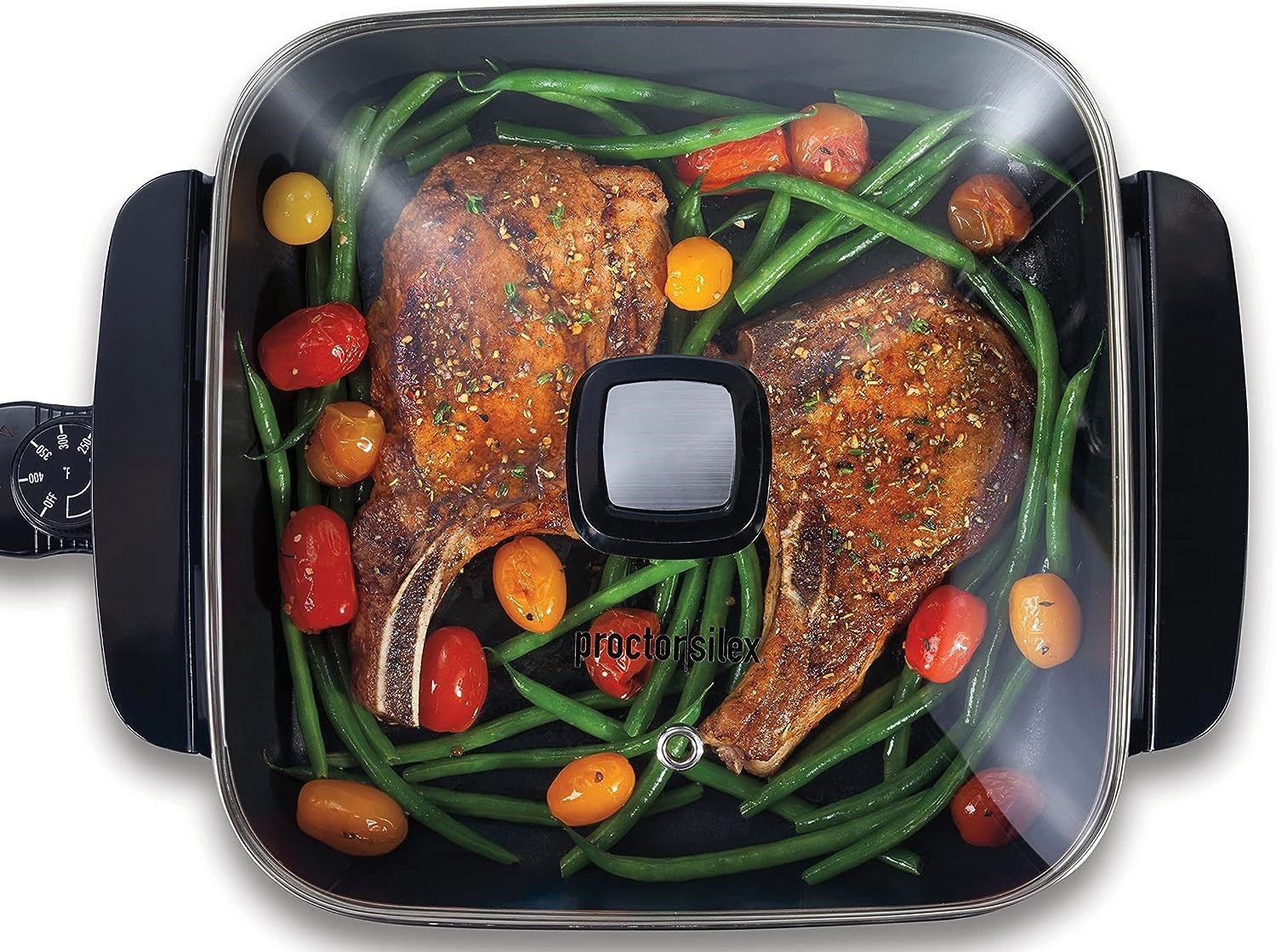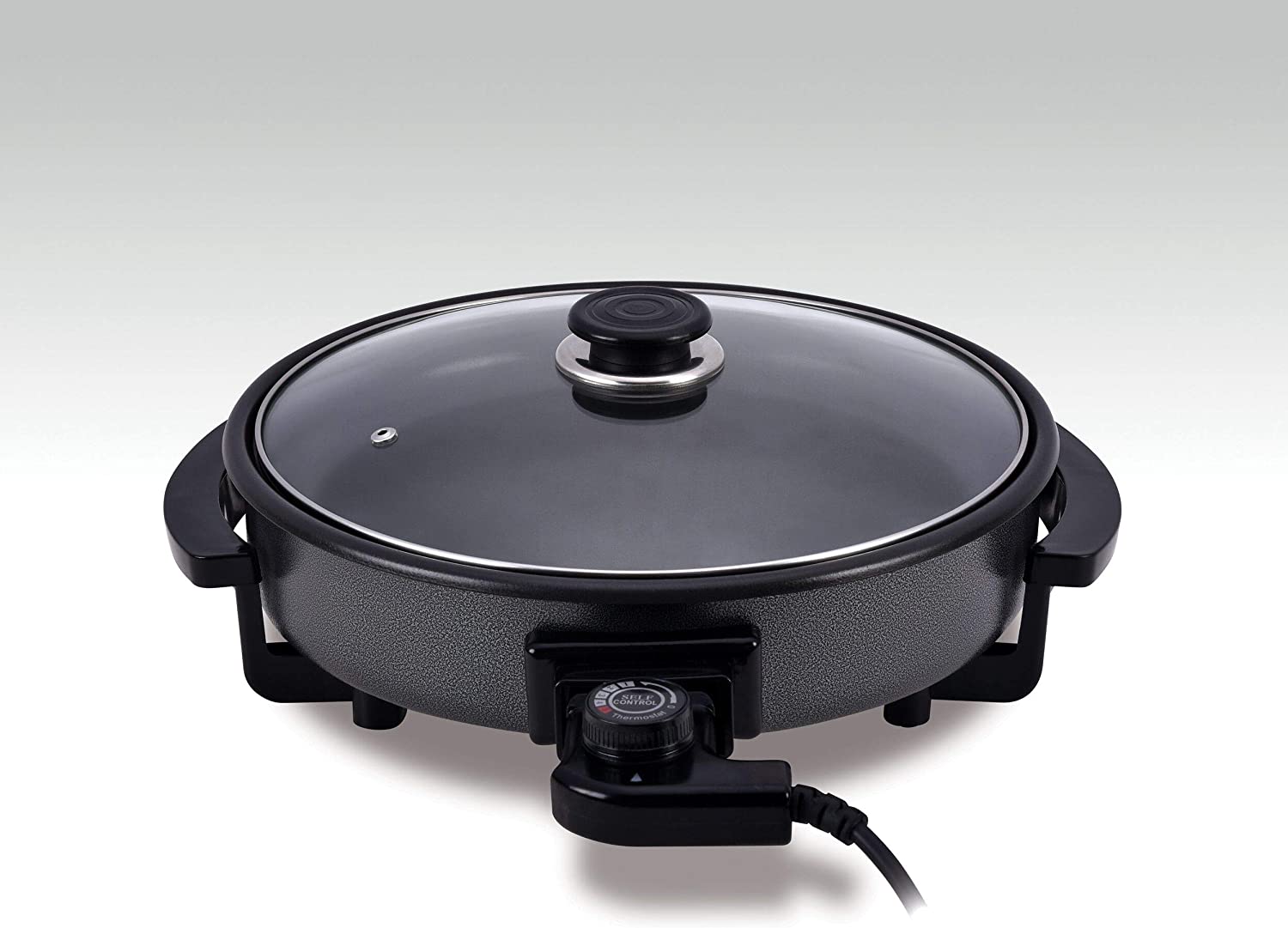Home> Electric Skillet For Frying
Electric Skillet For Frying: Revolutionize Your Cooking Experience!
Discover the best electric skillet for frying. Experience fast, efficient, and precise cooking. Get your perfect frying partner today! Embrace the change.
